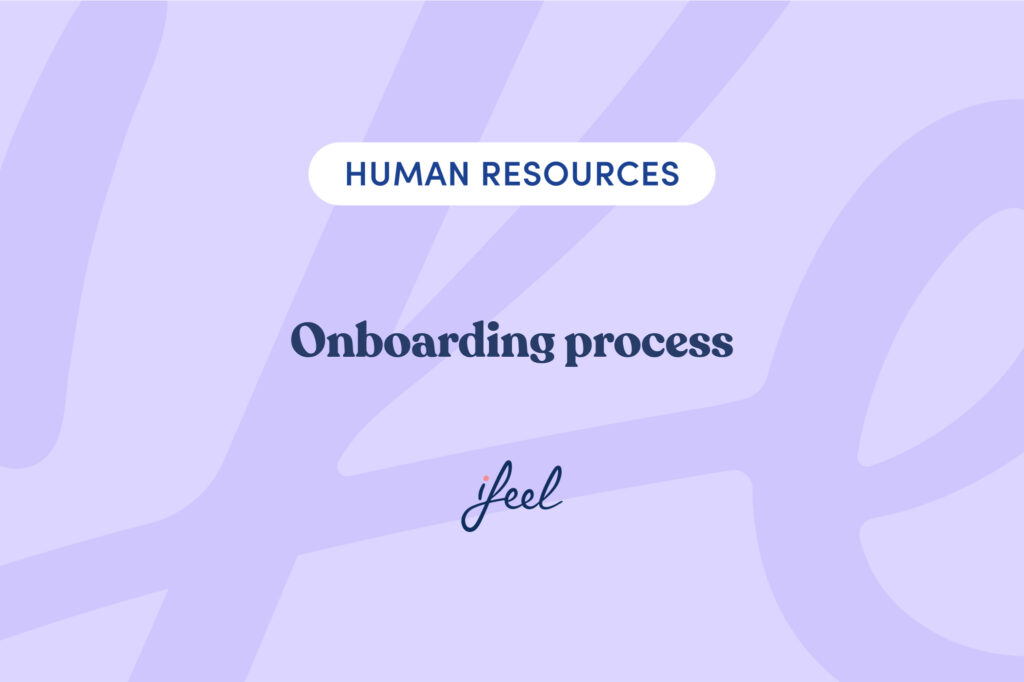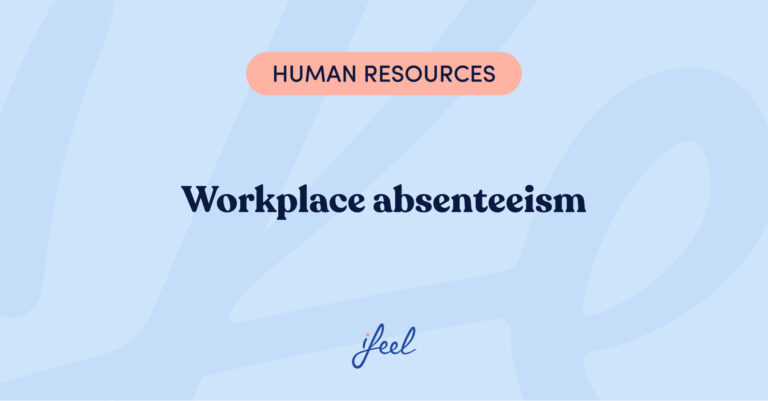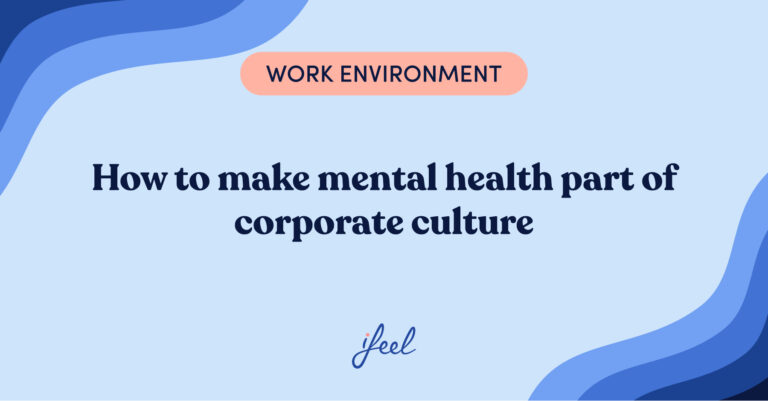Carrying out an efficient onboarding process includes a positive outcome in terms of the employees’ experience who are involved in it: the new hire, the team they join, and the manager who has the responsibility of leading this process.
To do this, it is important to consider the employees’ needs: those of the new employee and those of the team members they are joining. Secondly, it is necessary to have the ability to make the onboarding process a coherent continuation of the selection process that has been carried out to find the right employee for the position. Thirdly, it is essential to know that an onboarding process is not something that happens spontaneously but a strategic action that follows objectives whose achievement can be considered a good KPI for the Human Resources department.
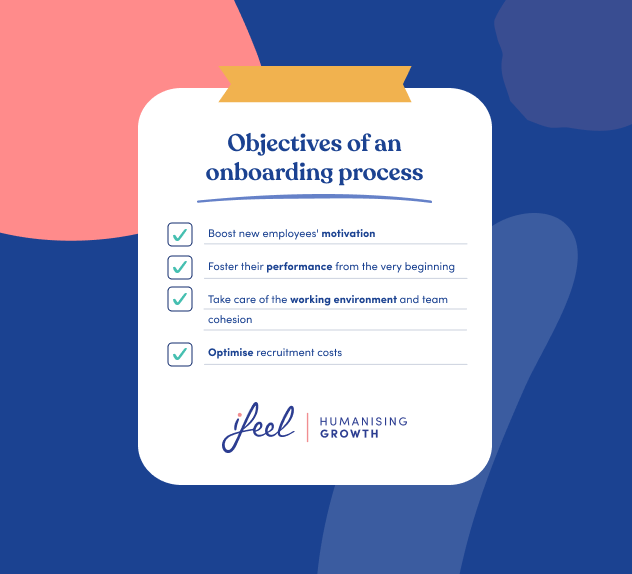
Let’s look at these objectives in more detail.
Onboarding process objectives
1. Stimulate the new employee’s motivation
One of the objectives and benefits of a careful and responsible onboarding process is to welcome the new team member, ease their work, show them why and what we need them for, and encourage them to put all their talents to work progressively.
One might think that when someone starts working in a company, they do so with a high level of motivation regarding their position and the functions they will have to perform. It is not a far-fetched idea, but perhaps it is too simplistic since people’s situation is too complex to deduce that just because we are starting a job, we are already motivated.
2. Fostering their performance from the very beginning
Suppose the arrival starts on the right foot and the new employee perceives that the team’s attitude and – therefore – that of their new company as a whole are positive and open to welcoming them, as well as making things easier for them rather than demanding that they work magic. In that case, they will likely perform well from the very first moment. Even if they still have to complete a training period and acquire skills and competencies they do not yet possess.
3. Taking care of the work environment and team cohesion
The arrival of a new team member changes that person but also the structure and the affective and methodological dynamics of the group of people they join. Integrating this person requires an effort on both sides, which usually takes place spontaneously and satisfactorily but can be enhanced by raising awareness during the onboarding process.
Properly explaining the possible changes in responsibilities involved in the arrival of someone new, as well as the functions that this person will perform, making a good round of introductions to start the welcome, showing flexibility and availability in the process of adaptation of all, are some fundamental aspects of protecting the cohesion of the team and the work environment during an onboarding process.

4. Optimise recruitment costs
Filling a vacancy left by a former employee or starting up a new position that did not exist until now requires the company to incur a series of costs in terms of time and money. Not to mention the energy spent during a selection process, which should be carried out most efficiently.
A good onboarding process, which follows a good selection process, reduces the probability of failure in the new hire, which would mean starting from scratch to find a new employee, with all the costs that this would entail.
Check out the following resources aimed at HR leaders, c-level executives and decision-makers:
| Resources available | |
| Onboarding process guide | Learn how to properly design the process of incorporating a new team member. |
| Guide to embedding a DEIB Strategy in your Corporate Culture | Provide your company with the key tools to foster diversity, equity, inclusion and belonging! |
| What are cognitive biases, and how can they impact your selection process? | Learn how to assess and detect if cognitive biases exist in your company, so you can improve your talent strategy. |
| HR AI Implementation Strategy | Discover how to leverage human processes with Artificial Intelligence, and unlock your team’s potential. |
Are we carrying out a good onboarding process? Check out our latest guide
It is essential that HR managers, as well as the leaders of each department, are clear about what they do and do not do during the onboarding process of new employees.
Sometimes we do not know the best way to do things, or we do them because they have always been done that way, or we know that there are aspects of the onboarding process in our company that could improve. Still, we do not have the time or the necessary tools to do it, and we continue with our inertia. Whatever your case may be, we encourage you to find out thanks to this guide on carrying out a proper onboarding process prepared by our team of expert psychologists in workplace well-being.
In this guide, you will also find some tips on how to ensure the arrival of a new member has a positive impact on the team and avoids conflicts that may be costly to resolve later on.
A well-structured onboarding process is essential for new employees and offers numerous benefits that extend to both the individual and the enterprise. Here is a detailed table outlining these advantages, including the impact on mental well-being.
| Benefit | Description |
|---|---|
| Improved Job Satisfaction | A thorough onboarding process helps new hires feel valued and welcomed, significantly increasing their job satisfaction and commitment to the organisation. |
| Faster Integration | Effective onboarding allows new employees to quickly understand their roles, the company culture, and expectations, which accelerates their integration into the team. |
| Increased Productivity | Comprehensive training and support during onboarding enable employees to become productive more quickly, reducing the learning curve and enhancing overall performance. |
| Higher Retention Rates | Enterprises with robust onboarding processes experience lower turnover rates as new hires are more likely to stay when they feel supported and engaged from the start. |
| Enhanced Employee Engagement | Structured onboarding fosters strong connections with colleagues and the company, leading to higher levels of employee engagement and motivation. |
| Better Role Clarity | Clear communication of expectations and responsibilities during onboarding reduces confusion and boosts confidence in job performance. |
| Mental Well-being Support | Providing mental health resources and support during onboarding helps new hires manage stress and anxiety, promoting overall well-being and job satisfaction. |
| Building Relationships | Facilitating social bonding and relationship building during onboarding improves teamwork and creates a supportive work environment. |
| Alignment with Company Goals | Effective onboarding aligns new hires with the company’s mission, vision, and values, ensuring they are committed to and understand the organisation’s objectives. |
| Reduced Stress | A well-organised onboarding process reduces the stress associated with starting a new job by providing clear guidance and support. |

The Leadership Lens🔎
Leaders play a crucial role in the employee onboarding process by setting a welcoming tone and aligning new hires with the organisation’s mission and values. Their involvement helps new employees quickly understand their roles within the company’s goals, fostering a sense of purpose and belonging from the start.
Additionally, leaders can enhance onboarding by promoting mentorship and encouraging connections between seasoned employees and newcomers. This support network facilitates knowledge sharing and collaboration. By actively seeking feedback and refining the onboarding process, leaders demonstrate a commitment to continuous improvement, ultimately boosting employee satisfaction and retention.
The leading mental well-being solution for enterprises
At ifeel, we are solely committed to increasing employees’ and their companies’ well-being. That is why we want to help you generate stimulating and healthy work environments for your employees.
To support enterprises in this process, our team of expert workplace well-being psychologists has created a mental well-being solution for businesses that improves talent retention, reduces presenteeism, and combats employee stress.
With our mental well-being solution, your company’s HR managers can receive personalised, data-driven advice on improving mental health at work. In addition, this solution offers employees a 360° mental well-being service structured at different levels according to their needs. Try our solution now to see how it could help you.
We hope you found this article on how to carry out a proper onboarding process interesting. If you would like more information about our mental well-being solution for companies, simply request it, and we will contact your team as soon as possible.
